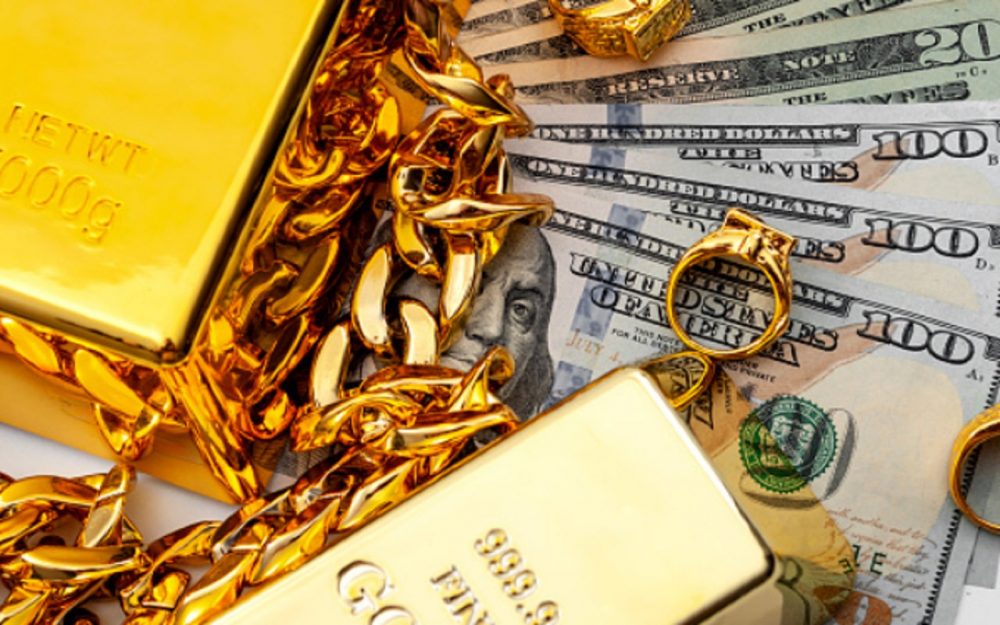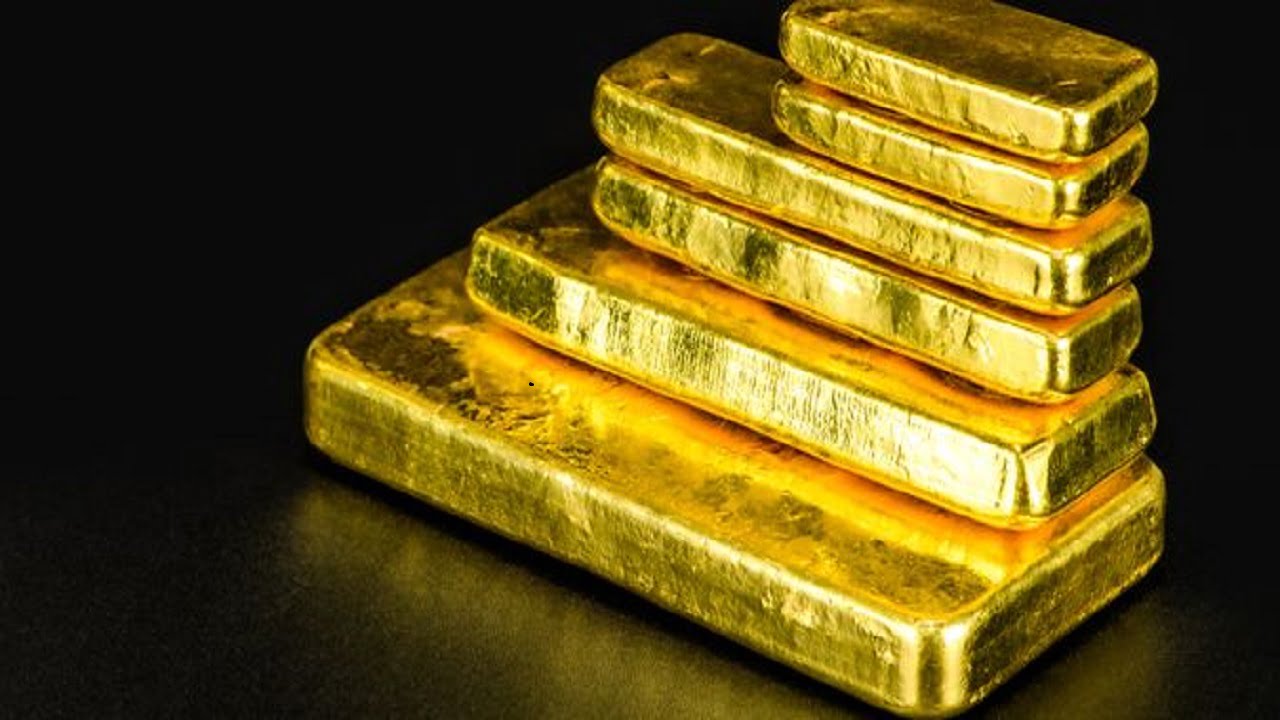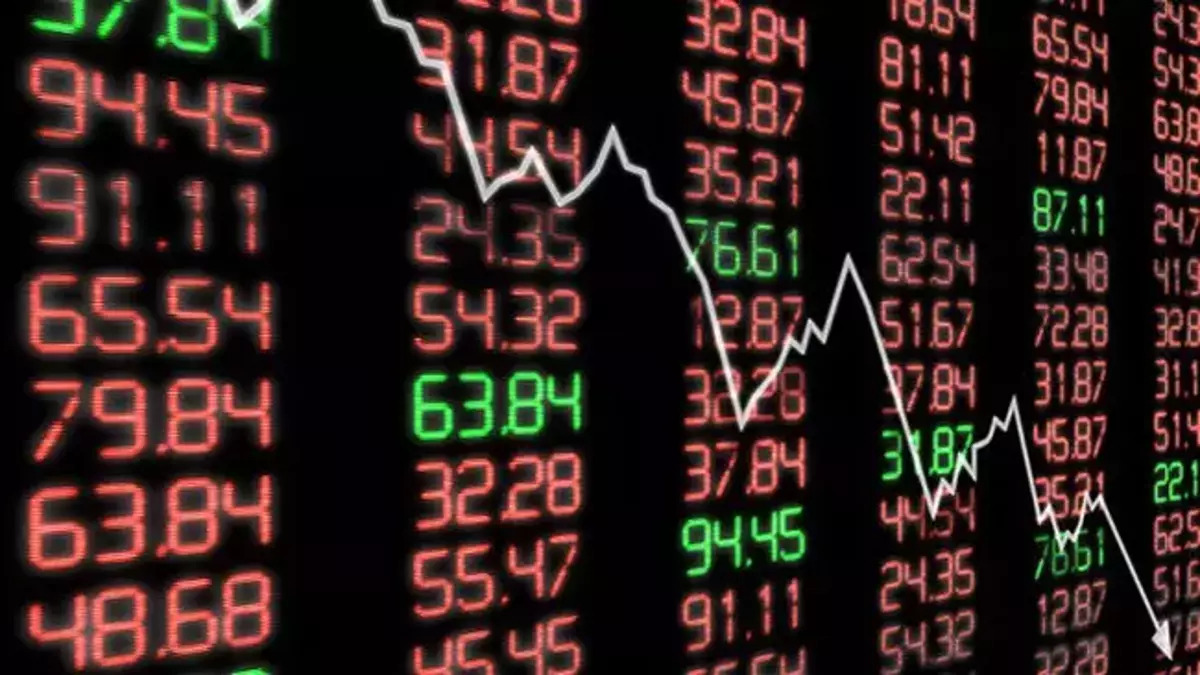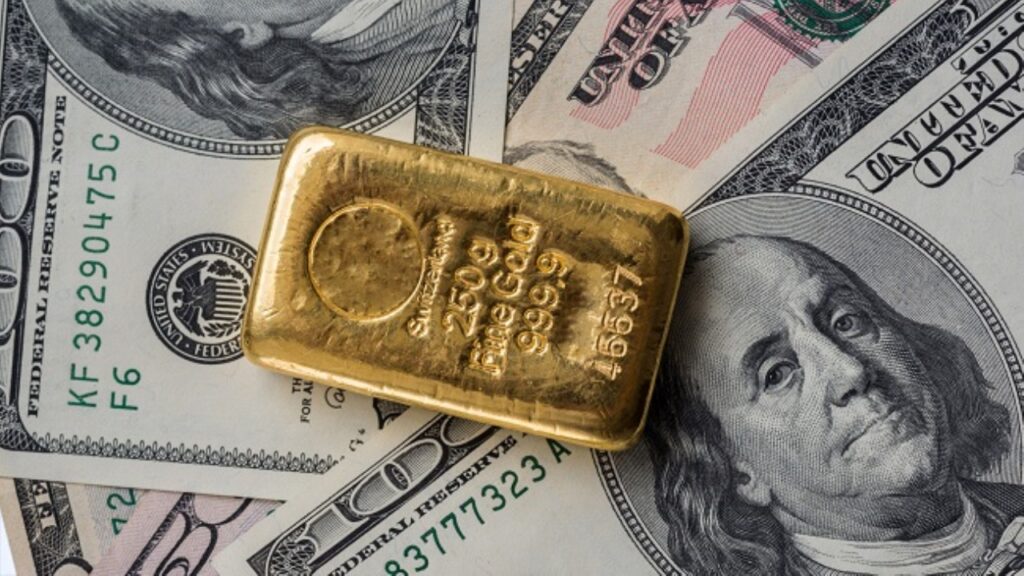According to the famous writer Matthew Pipenburg, concerns about the contagious effects of the collapse of the SVB will force the Fed to stop raising interest rates and gold will ‘break out’ in this environment. Also, according to a market analyst, the gold market will continue to outperform the precious metals sector.
“Federal Reserve will stop interest rate hikes!”
Silicon Valley Bank (SVB), the second largest bank failure in US history, occurred on March 10 and caused ripple effects in both the US and international markets. It also caused the bankruptcy of another bank called Signature, which has $118 billion in assets under management. The collapse of the SVB was triggered by the significant withdrawal of depositors, which forced the bank to sell its assets at a loss to meet customer demands.
Federal Reserve Chairman Jerome Powell had previously signaled a 25 to 50 basis point hike in March to contain high inflation. But worries about the contagious effects of the SVB collapse will force the Fed to halt rate hikes, according to Matthew Pipenburg, Commercial Director of Matterhorn Asset Management and author of Gold Matters: Real Solutions to Surreal Risks.
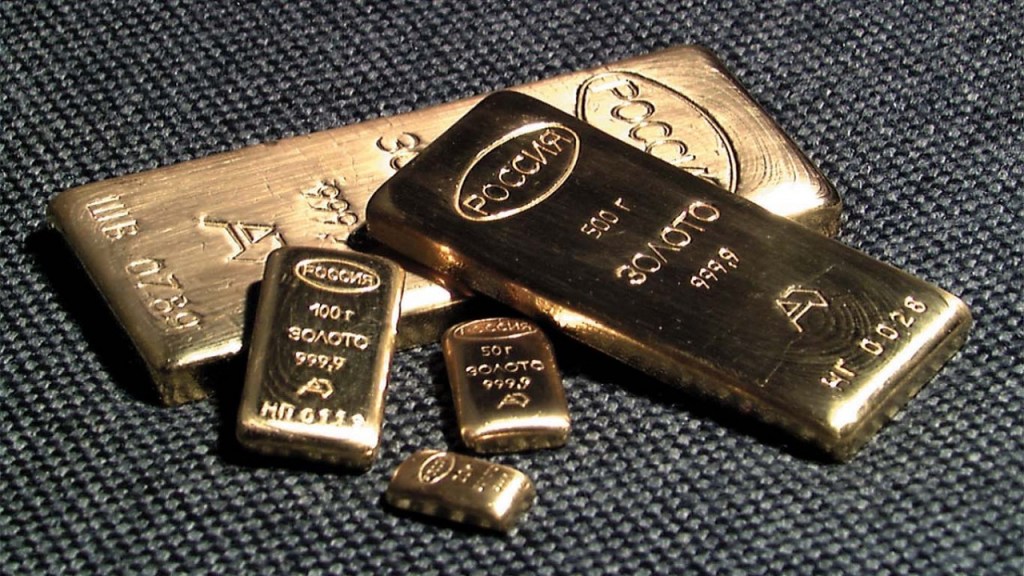
Pipeenburg says the SVB’s collapse was largely due to poor management of interest rate risk, with the Federal Reserve raising interest rates by 450 basis points last year. This increased the opportunity cost of holding bank deposits, while depositors could earn a better and safer return by holding US Treasuries. It also damaged the SVB’s balance sheet as the value of the bank’s bonds fell as interest rates rose. Piepenburg comments:
Once these depositors started withdrawing their money, banks like the SVB or Silvergate had to sell their holdings to meet the demands of the depositors. The Fed has been raising interest rates all these months, causing bond prices to fall, so these banks, faced with the need for liquidity by their depositors, were forced to sell these short-term bonds at a discount.
The yellow metal ‘will break!’
Noting that the strong US dollar reduced the price of gold in 2022, but the dollar is ready to weaken as the recession pressures increase, Pipenburg estimates that gold is ‘ready to tear’ as the US dollar depreciates. In this context, “This strong dollar narrative is about to change. “You can’t have a strong dollar in a recession,” he says.
Meanwhile, the US dollar index has dropped 1.8 percent in the last 5 days. Pipenburg says the exact timing is “irrelevant,” as it focuses on gold as a long-term inflation hedge. Explaining his view on the matter, he comments, “I have no doubt that if I put my dollar in there and come back two years later, it will be worth much less than a gram of gold in my pocket.”
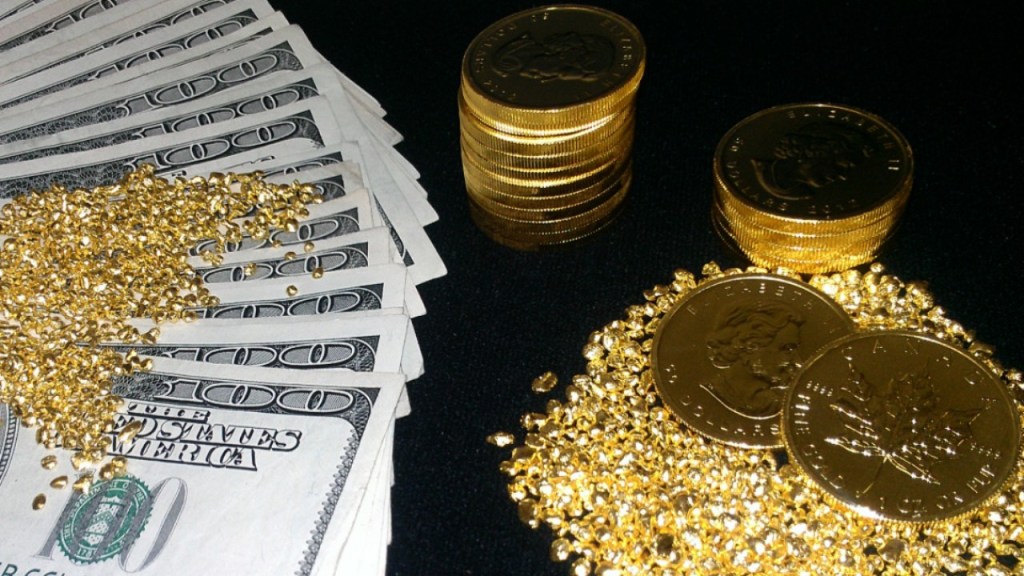
“Gold benefits from this”
cryptocoin.com As you follow, the gold market held solid support above $1,900 after the recent events. While the US government tried to allay fears by saying that all depositors in the two banks would be guaranteed their money, the failure revealed significant cracks in financial markets that began to affect global institutions.
The share price of Credit Suisse, one of Europe’s largest banks, fell on Wednesday. The sale comes a day after the Swiss bank announced in its annual report that it lost nearly $8 billion last year. Returning to the US, Mitsubishi Corporation Precious Metals Strategist Johnathan Butler says the bankruptcies of US banks marked a turning point in the ‘long-term high interest rate’ narrative. He points out that gold has benefited as broad-based demand for safe-haven assets has significantly lowered bond yields.
“This environment can continue to power precious metals”
According to Johnathan Butler, the combination of falling yields, a weaker dollar and a rush to safe-haven assets could continue to give strength to precious metals in the near term. However, he says this may be limited to gold, and that more industrial-looking white metals may be less successful in such a case. In this context, Butler comments:
Economic growth has slowed. Provided the banking contagion is contained, stocks and bond yields could eventually rally to relief and push the dollar higher against gold.
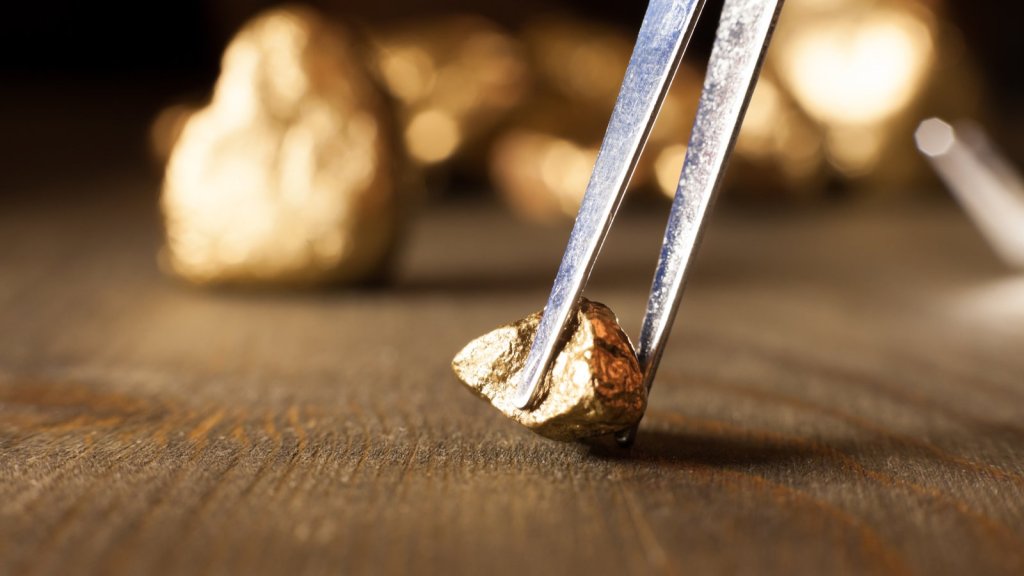
“Gold remains an attractive safe haven!”
The sudden drop in bond yields reflects a significant shift in interest rate expectations. The CME FedWatch Tool shows markets split roughly 50/50 on whether the US central bank will raise interest rates by 25 basis points next week or not. By contrast, last week, markets were pricing in an 80% chance of the Federal Reserve raising interest rates by 50 basis points in March, and saw another aggressive move in May. Butler says the new banking crisis shows how precarious the health of financial markets has been after a year of aggressive rate hikes by the Federal Reserve. He explains his views on this matter as follows:
This incident highlights the consequences of the staggering rise in interest rates and cannot be underestimated, even if economic conditions have remained generally positive so far. In the short term, it’s rising as fast as one might think, and precious metals in general and gold in particular remain attractive safe havens in times of turmoil.

